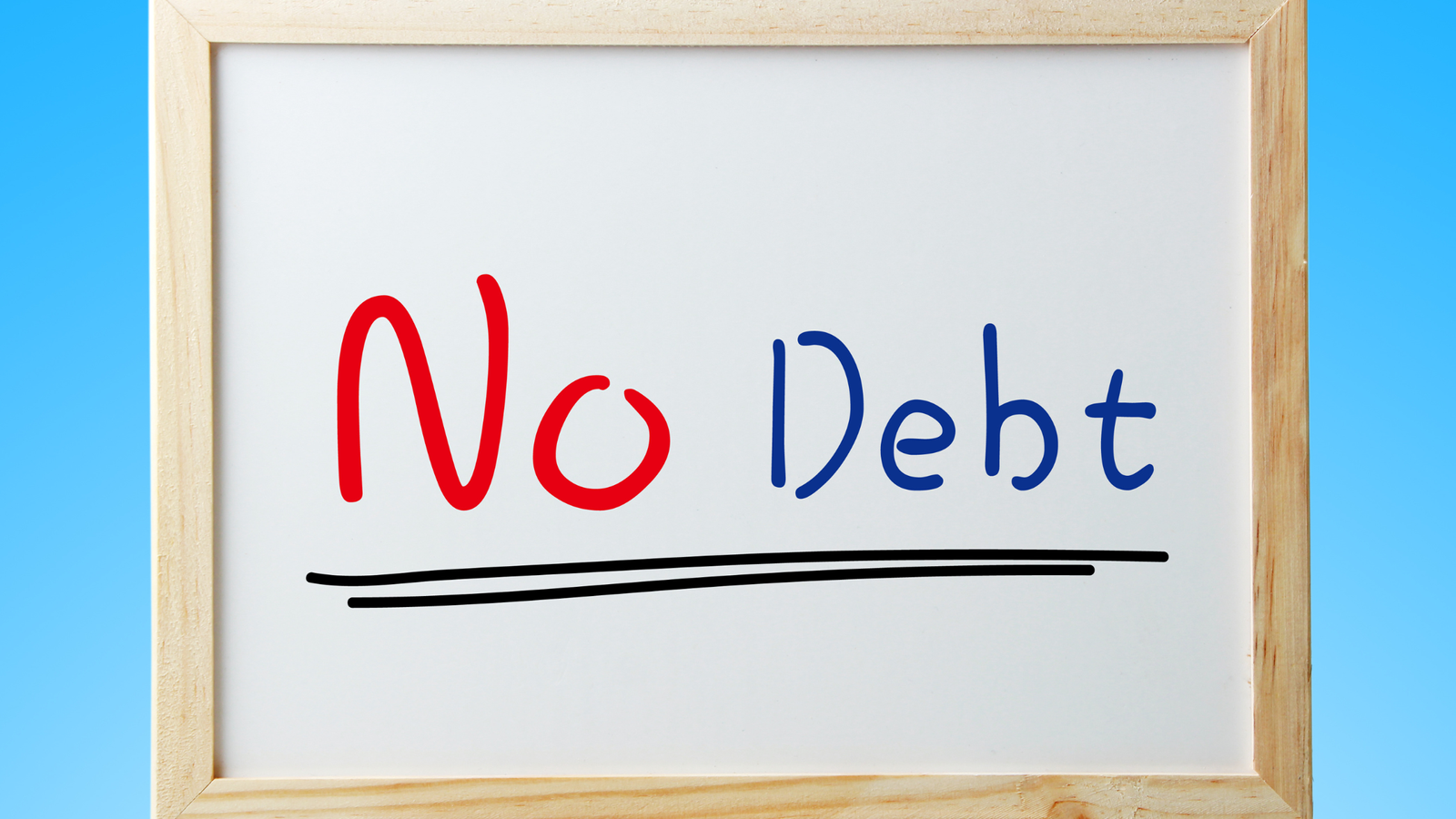Managing debts is difficult, especially if you have several different accounts open with varying interest rates and payment methods. With so much going on, it’s hard to track what you’ve paid, what you owe, and even which debts hold priority over others. One of the best ways to tackle multiple debts is through debt consolidation: a process that organizes and condenses your debts to make them easier to handle.
What is Debt Consolidation?
Debt consolidation is one of the many ways you can refinance your debt by combining it into one all-encompassing loan. The goal of consolidating debts is to reduce the number of payments you’ll have to make, reduce individual interest rates, and organize your debt to make it appear more manageable.
How it Works
Debt consolidation works by taking out a single loan that totals the amount of existing debt you currently have. For example, if you have three different credit card bills, consolidating them into a single bill can help keep things simple. To do so, you’ll need to take out a loan from another company that equals the total amount of credit card debt you owe (plus existing interest). Use the funds from the consolidation loan to pay off your debts, and then you can focus on paying off the consolidation loan.
Benefits of Debt Consolidation
Debt consolidation is a great solution for people struggling with multiple debts from different sources. Generally speaking, this method of repayment can:
- Decrease the amount of interest on your debts overall
- Pay off debts quicker using the consolidation loan
- Condense all your bills into one bill
- Allow for repayments at a fixed schedule
Does Debt Consolidation Work?
Debt consolidation does work, but not in all situations. The method works best when:
- Your minimum monthly payments don’t cost more than half of your monthly income.
- You have a good credit score, so you can get a consolidation loan with low interest or a 0% interest period.
- You consistently make enough money to cover your monthly payments (and even pay a little extra)
- You can pay off the consolidation loan within a few years.
Drawbacks
Of course, there are some general drawbacks to consolidating your debts. For starters, consolidation won’t solve all your debt problems; it won’t decrease the amount of debt you’re in or prevent you from getting into further debt in the future; consolidation only makes payments easier. Second, you’ll have to deal with some upfront costs when applying for a consolidation loan. Depending on what you qualify for, your loan may have an application fee, a transfer fee, or other related fees that you’ll need to pay upfront.
The final, biggest drawback of working with debt consolidation is how it affects your interest. You may take out a loan with higher interest rates than the loans you want to consolidate. Alternatively, consolidating your debt may give you more time to pay it off but more time for that new loan to gain interest. Ultimately, consolidation relies on your current situation and how your financial future looks over the course of a few years.
Types of Debt Consolidation Loans
If you’re looking into debt consolidation, there are a few ways to do so:
Credit Card Consolidation
Consolidating credit card debt is pretty easy if your creditor offers consolidation services. Through this type of consolidation, you can speak with your creditor to put all your credit card debts onto one account. This method is excellent for people who frequently use credit cards or have multiple accounts for different purposes. However, only credit accounts associated with that particular credit card company will be lumped together.
This kind of debt consolidation often comes with balance transfer fees because the credit card company needs time to calculate your new account balance and interest rates. Once your accounts are all linked, though, you can start paying off your balance right away.
Home Equity Loans
Home equity loans use your home as collateral. They typically have lower interest rates and are only effective if you own a house to begin with. Home equity loans, unlike mortgages, can go towards anything, making them a popular choice for people looking to pay off larger debts. Using a home equity loan for debt consolidation involves applying for and taking out a home equity loan and then using its funds to pay off your debts. Then, you pay off the home equity loan.
Home equity loans are risky. Since your house is collateral, failure to make payments on time will result in foreclosure, and you may lose your home. It’s best only to consider home equity loans if you know that you’ve got a stable source of income to pay it off over several years.
Debt Consolidation Loans
Debt consolidation loans are a specific type of loan that credit card companies, lending companies, and banks offer to people as a means of consolidating their debt. These loans exist solely for debt consolidation and usually have fixed interest rates that vary depending on your credit score and how much debt you’re in.
As the “vanilla” option for consolidating debt, debt consolidation loans have the same benefits and drawbacks as debt consolidation as a whole. It’s important to research your options before settling into a loan to ensure you get the lowest interest rates and the best deal possible.
How to Consolidate Debt, Step by Step
So, it’s time to start consolidating your debt. We’ve broken down the preparation into five steps:
Step 1: Understand why You’re in Debt
The first step here is to determine what kinds of debts you have. Depending on your options, you may qualify for a different kind of consolidation loan. We recommend laying out your debts visually to find out which ones are best consolidated and which might not need it. When working on your table, include your loan amount, its interest rate, minimum payment amount, and the creditor’s company.
Here’s an example table:

Based on this table, we could consolidate the General Bank loans through the bank itself if the option is available.
Step 2: Analyze Your Credit
Your next step is to check your credit score. There are a few ways to check your credit score for free, and checking won’t affect your score either. It’s good to have a general idea of your credit score so you can determine what interest amounts seem reasonable for someone with your credit.
Step 3: Determine Your Debt-to-Income Ratio
Now it’s time to determine how you will pay your consolidation loan. Using the table from before, let’s add up how much our minimum monthly payments come to and compare it with our income. Let’s say we make about $1000 per month for this example.
Compared to the $310 total that we’re spending to pay off debt, consolidation seems like a great option to help save some money for rent, utilities, and emergencies. Our consolidation loan should have a minimum monthly payment that is less than the current amount we’re spending on bills.
Step 4: Compare Options
It’s time to compare your options. Using lender resources available on official websites or through customer service, most companies can give you a general quote for what your consolidation loan looks like, including its interest rate, loan amount, and minimum payment amount. Before you make a decision, be sure to compare your options thoroughly. Getting some help from an unaffiliated financial advisor may help too!
Step 5: Gather what You Need to Apply,
So you’ve decided which loan to apply for. That’s great! Before applying, make sure you have all the necessary documents required to apply. Requirements vary from lender to lender.
Once you’ve consolidated your debts, pay them off as you normally would. Remember, a successful consolidation will have you paying less money each month at lower interest rates compared to your previous loans.










